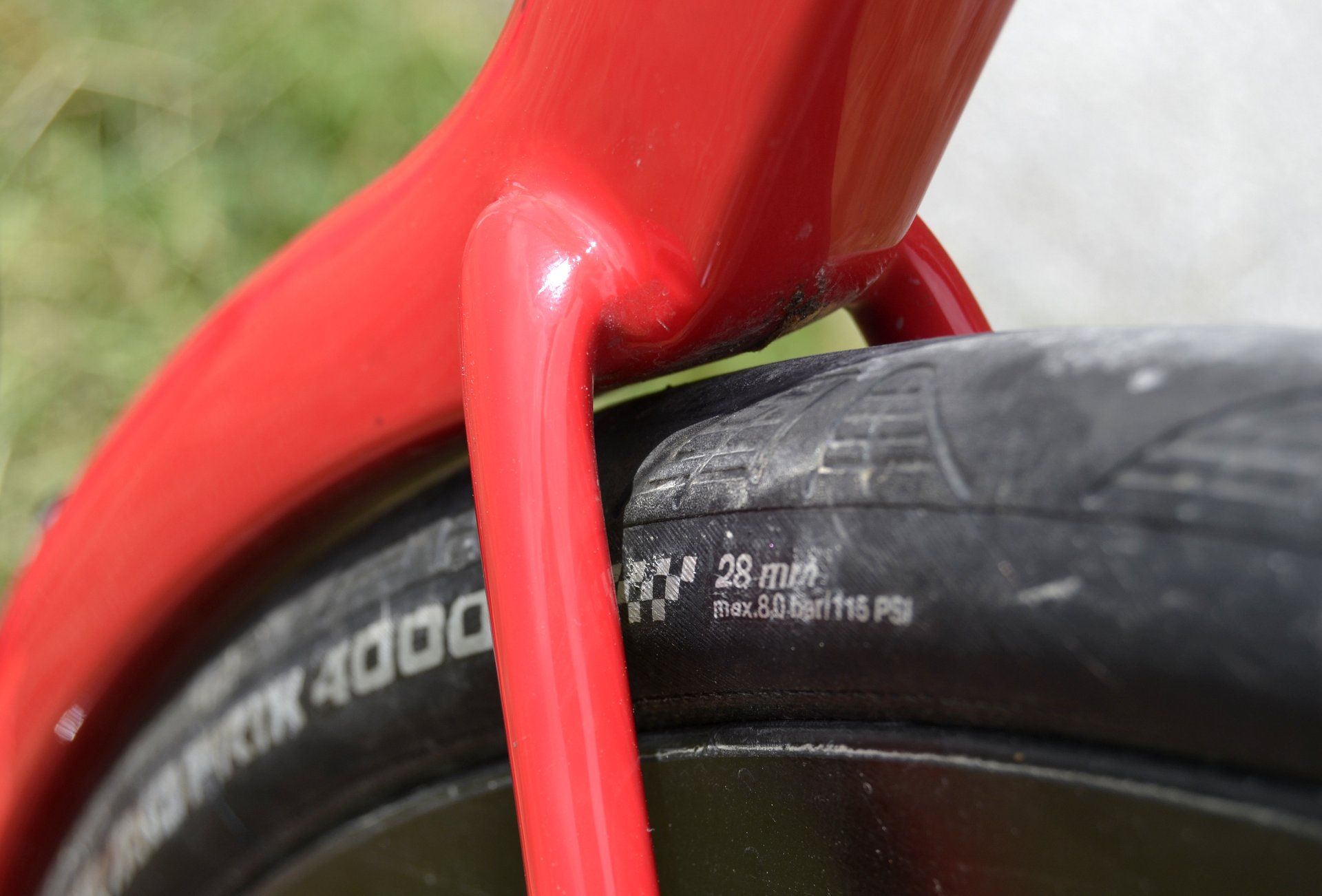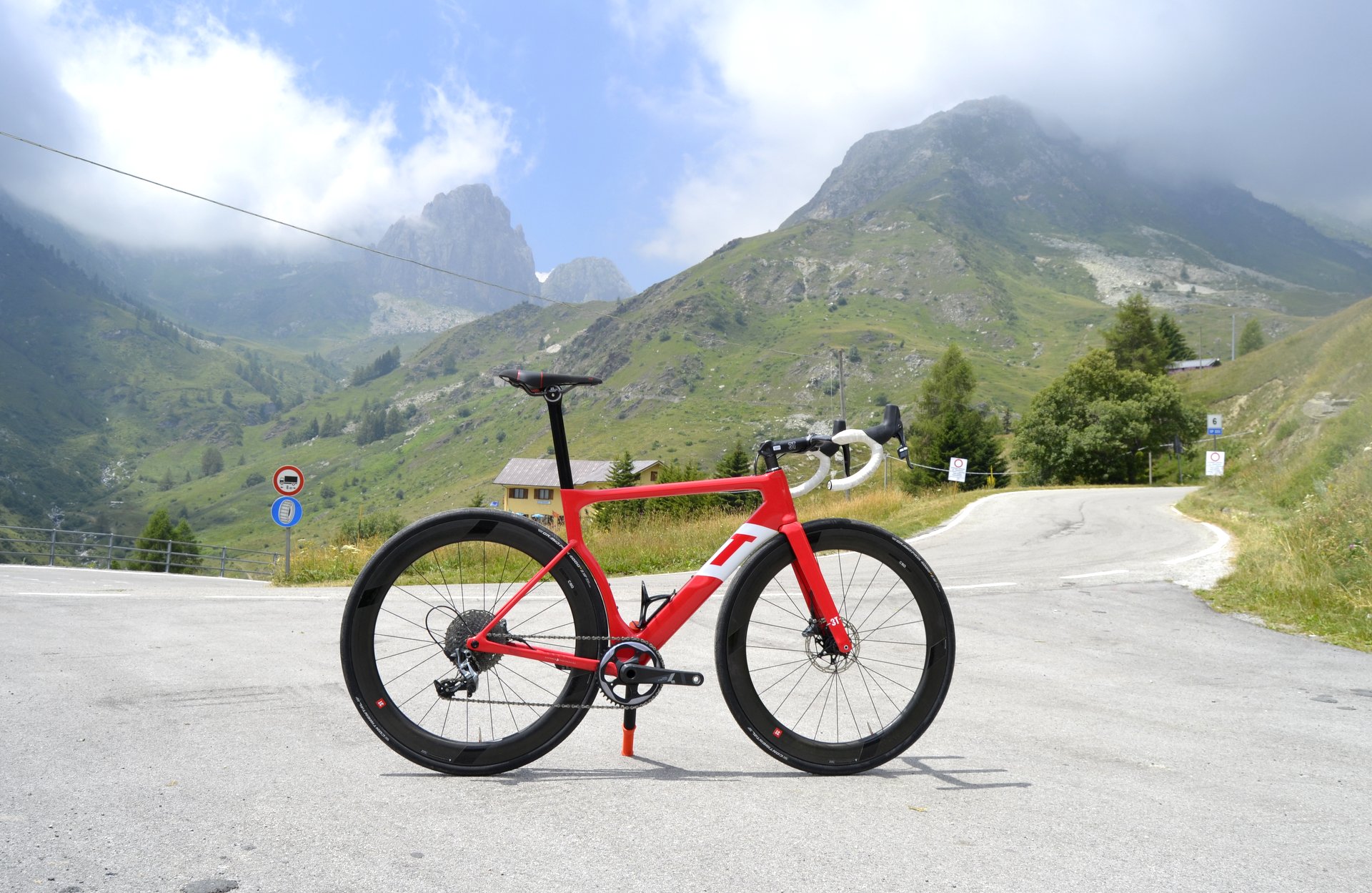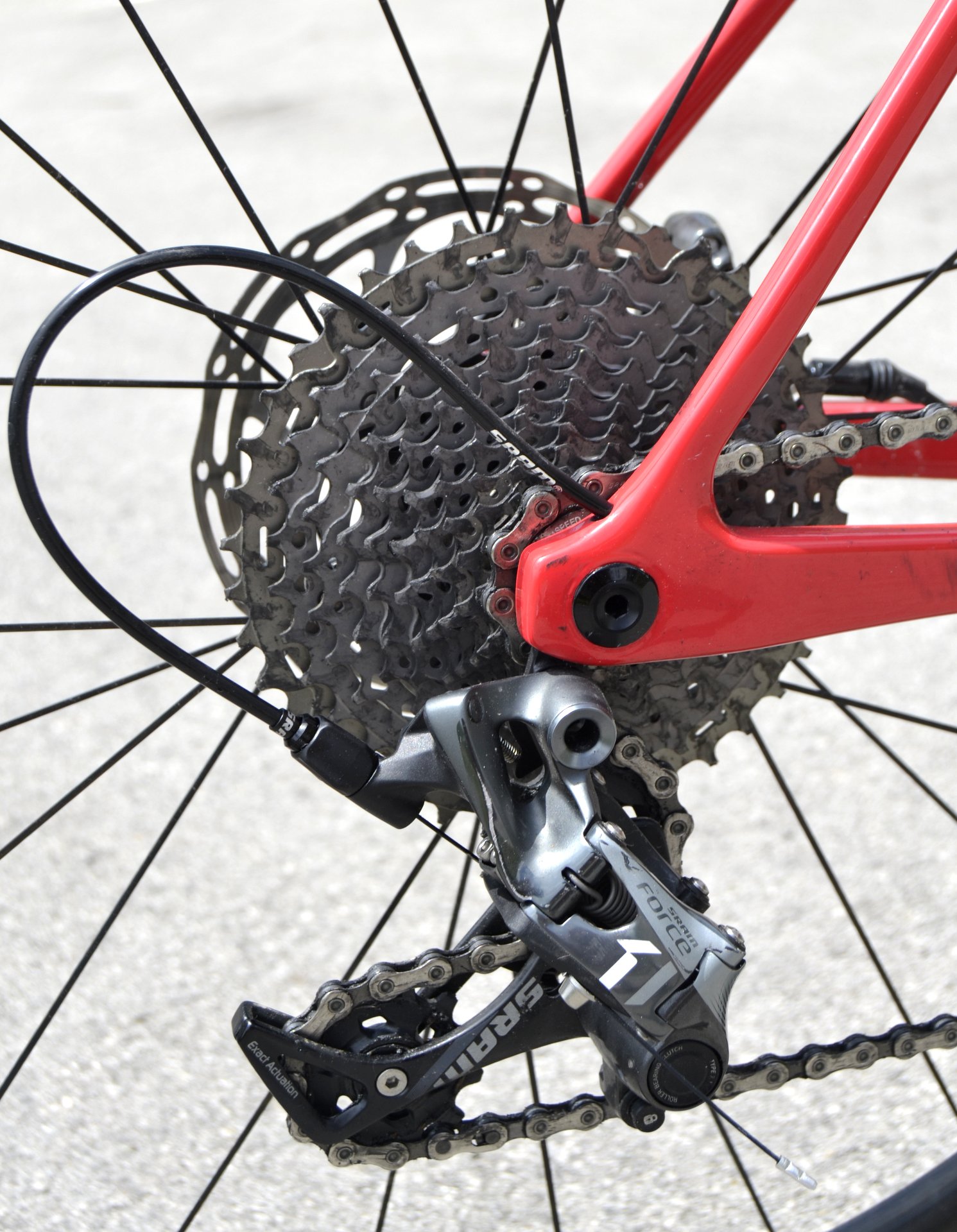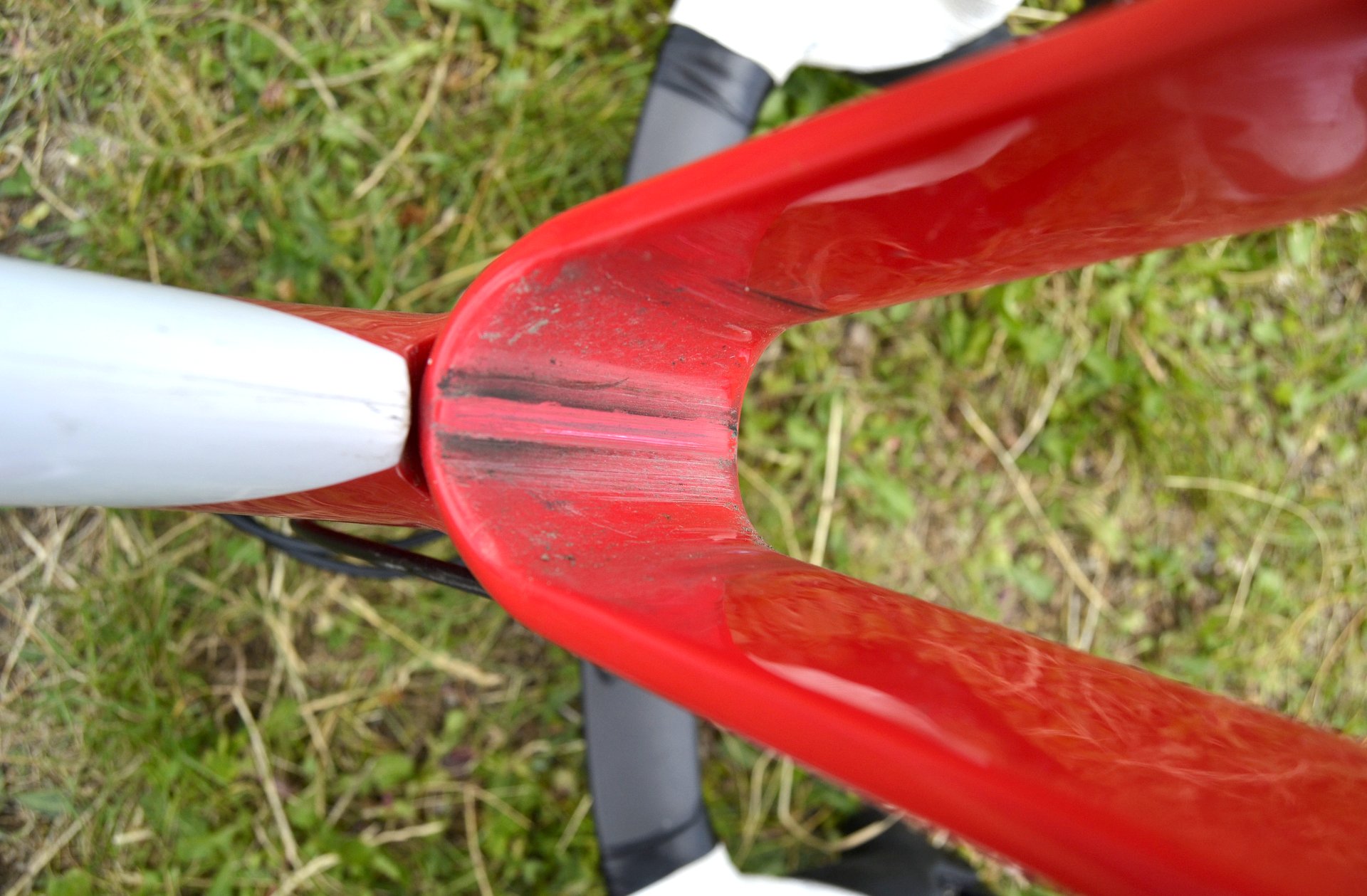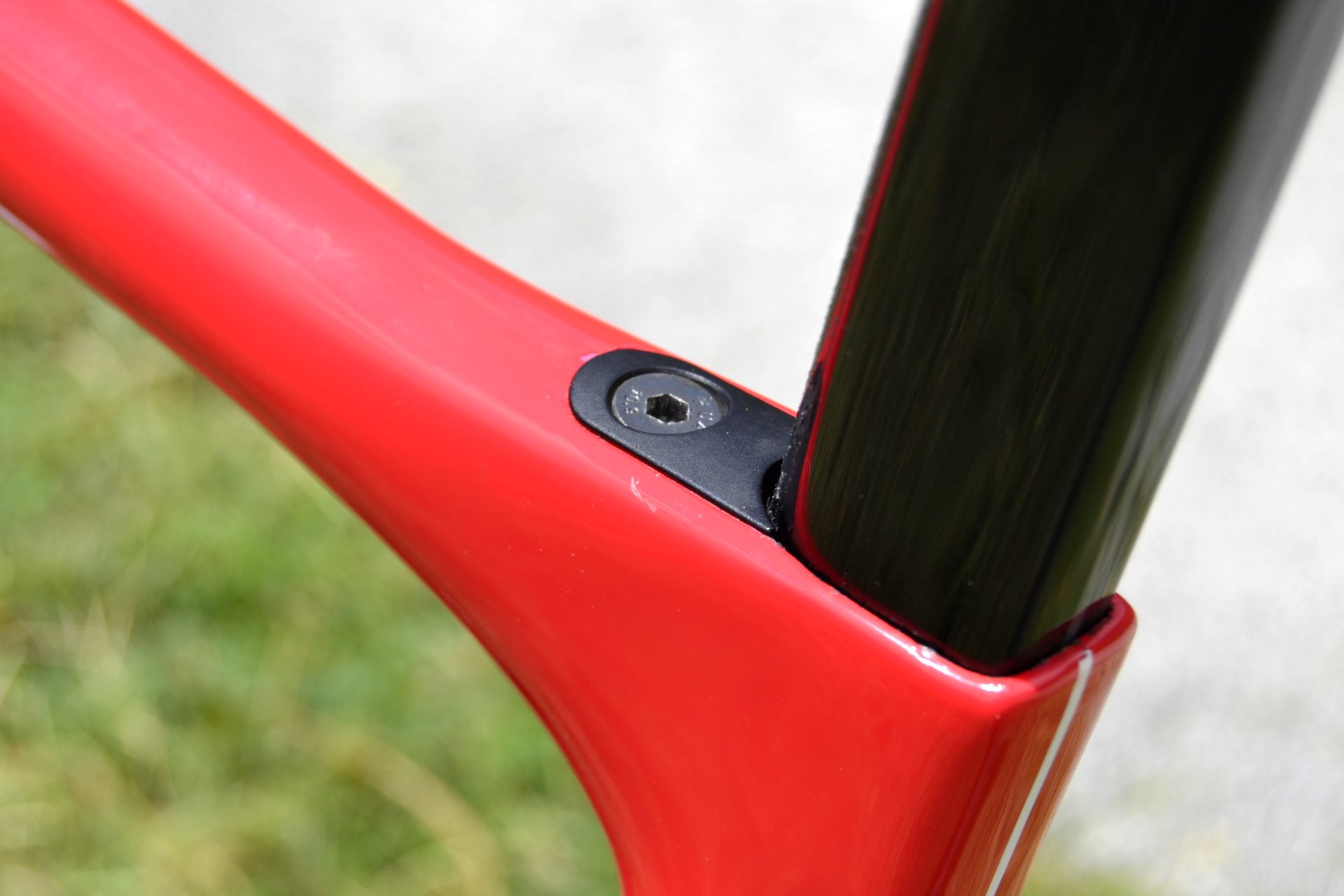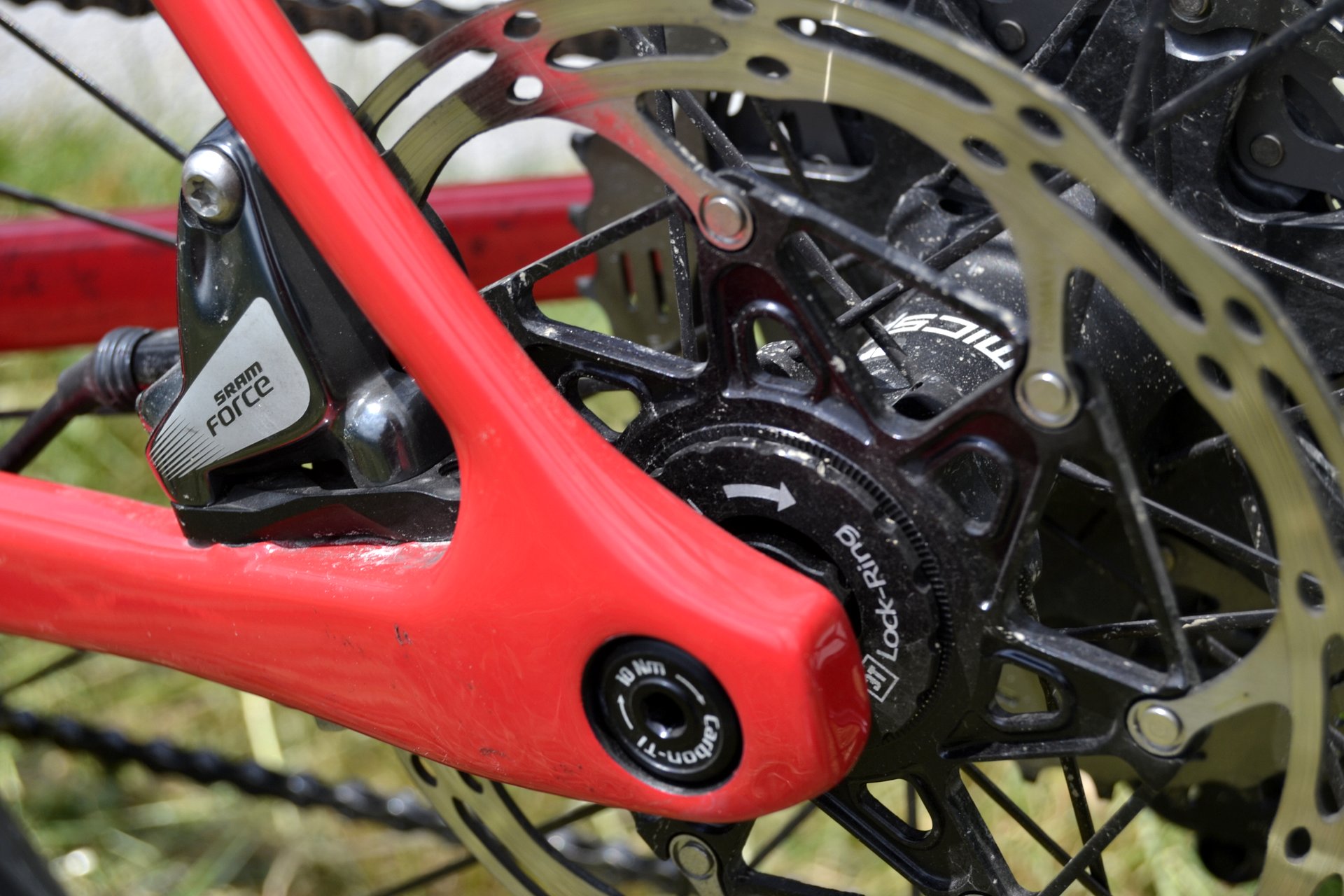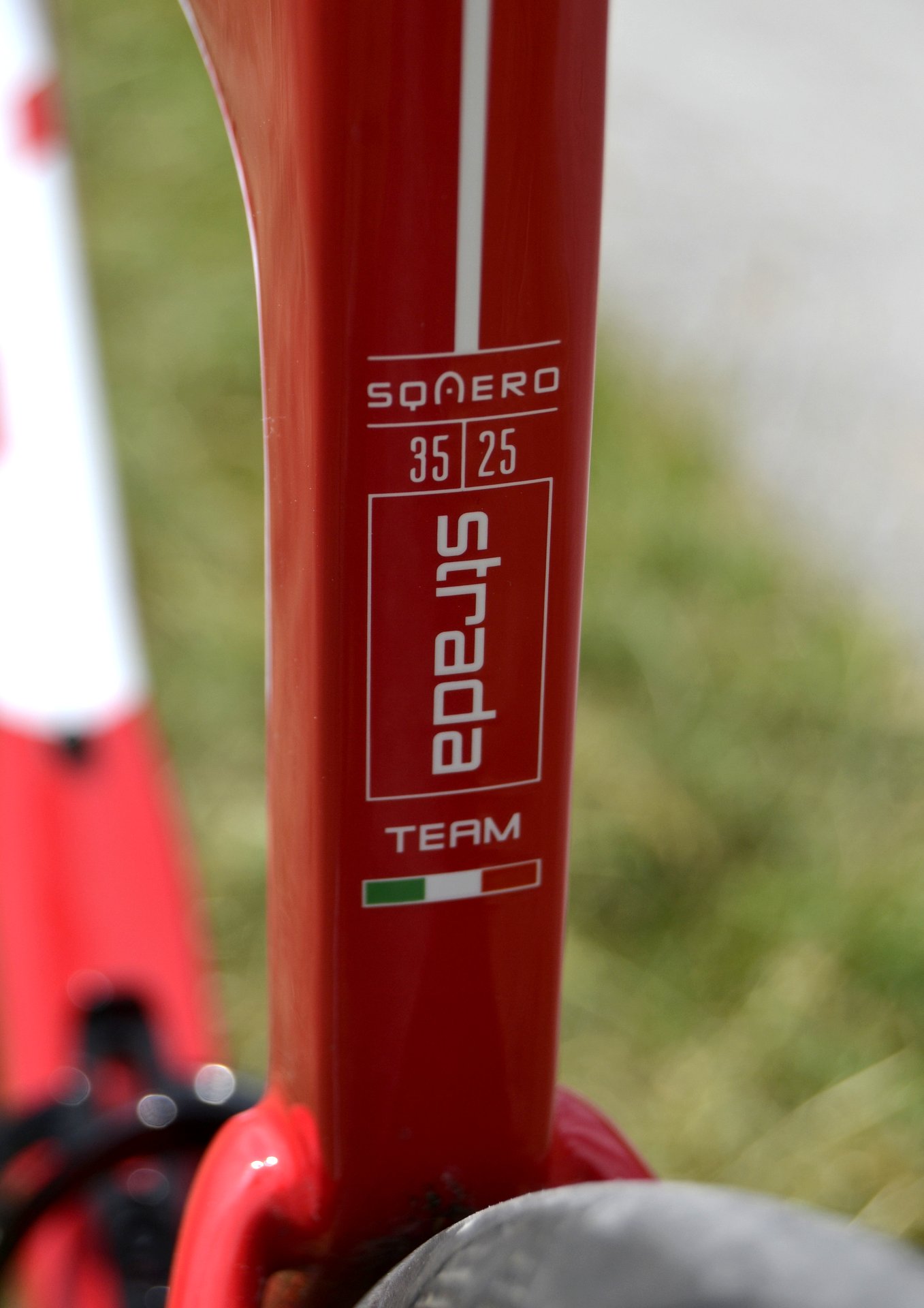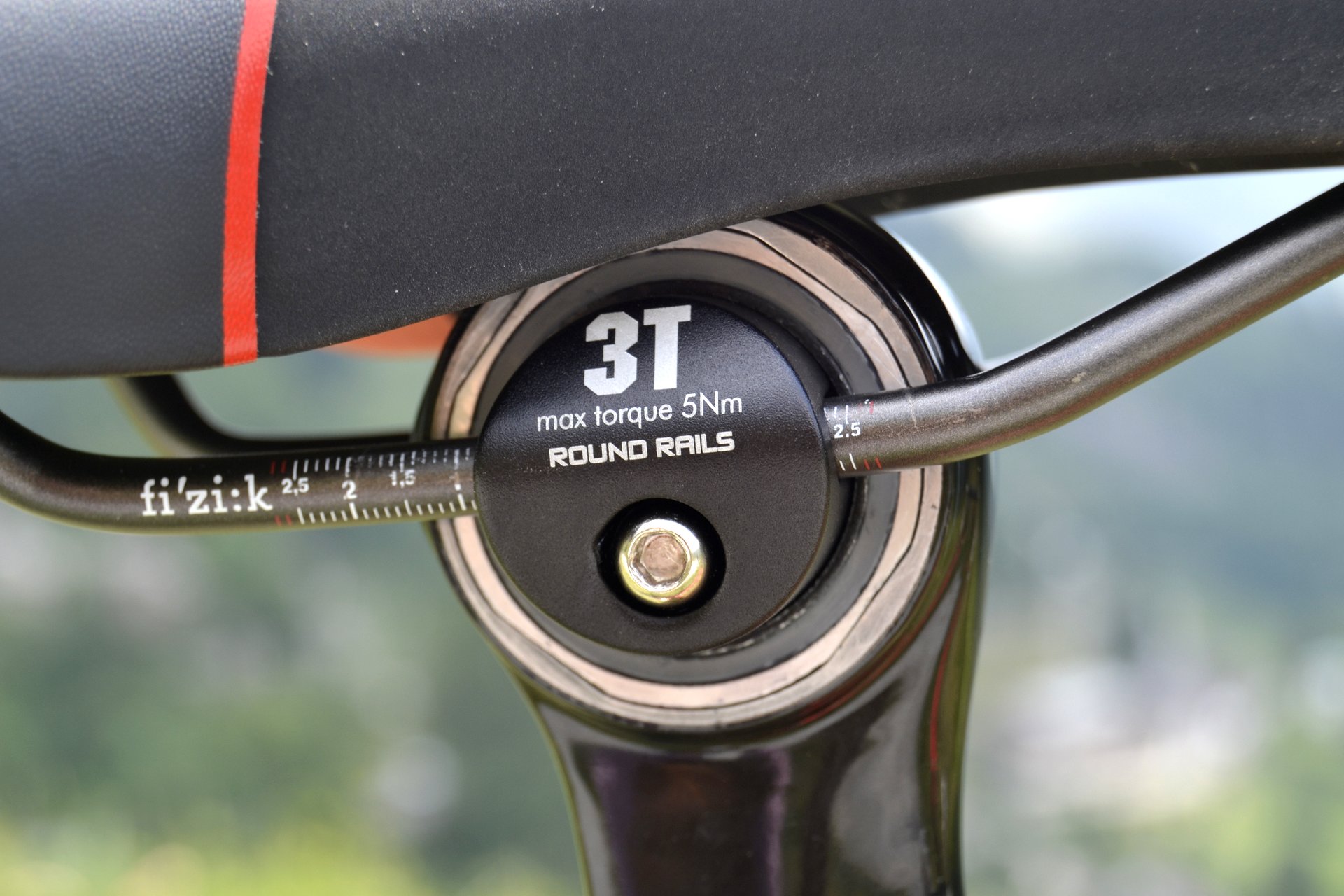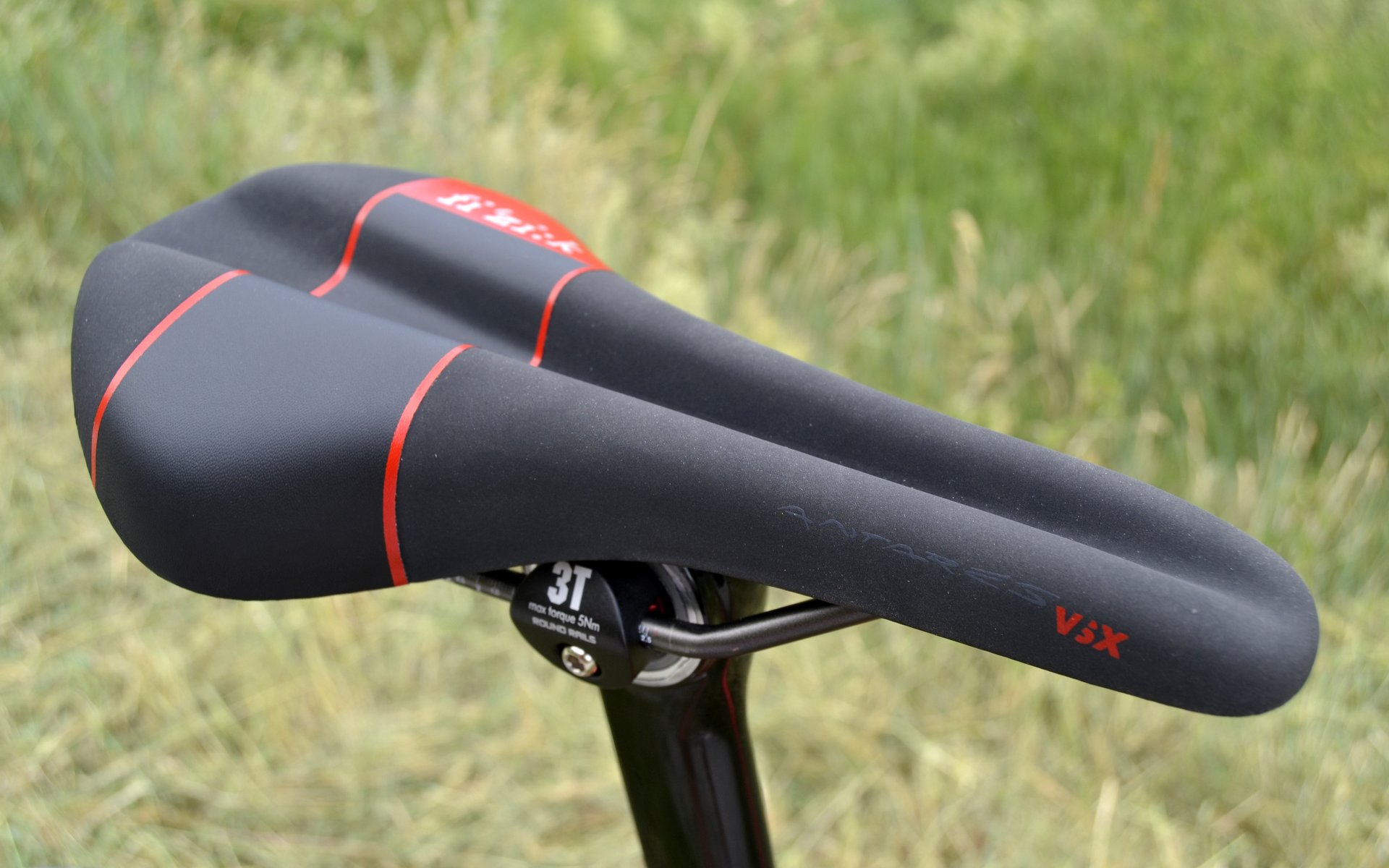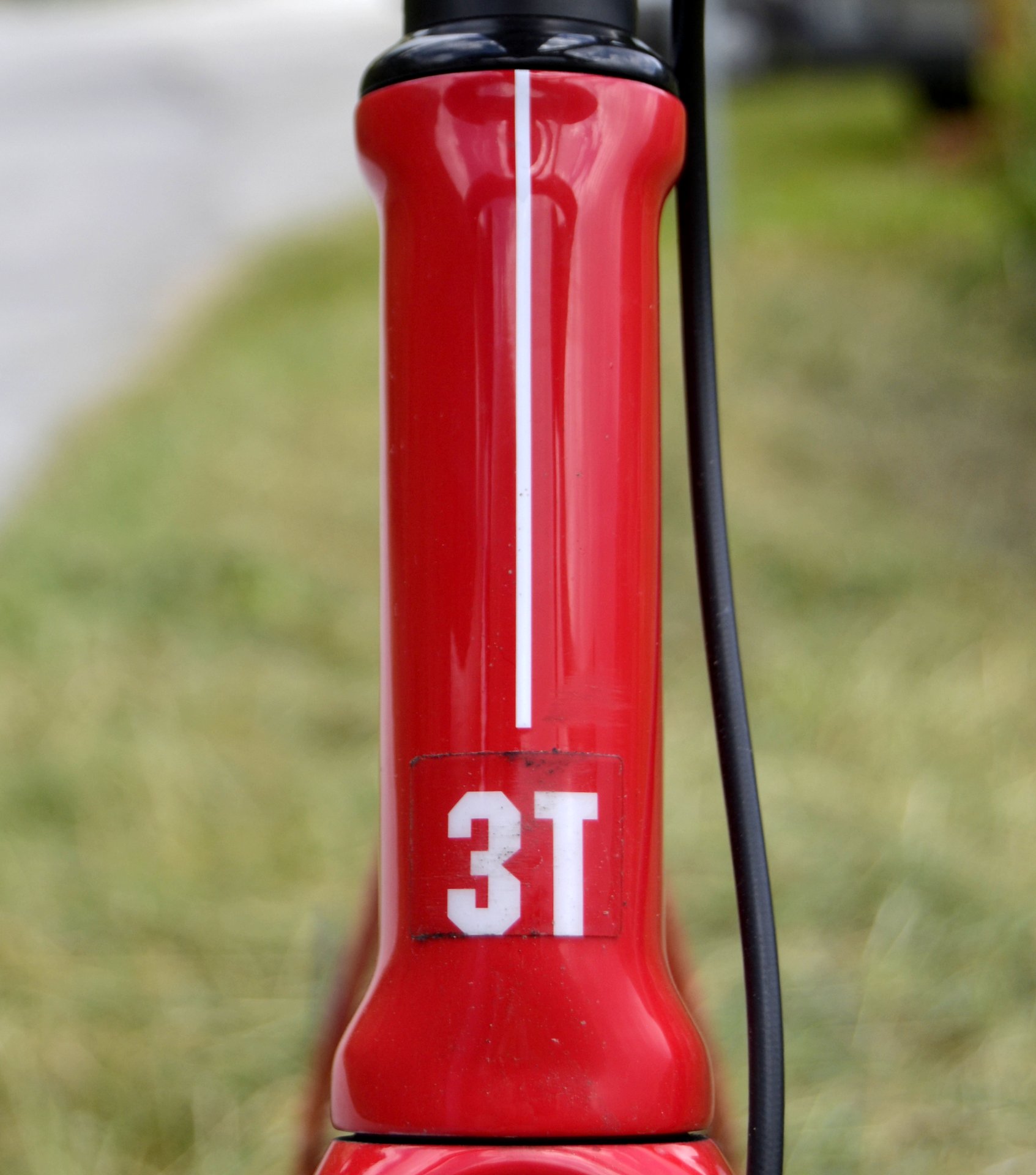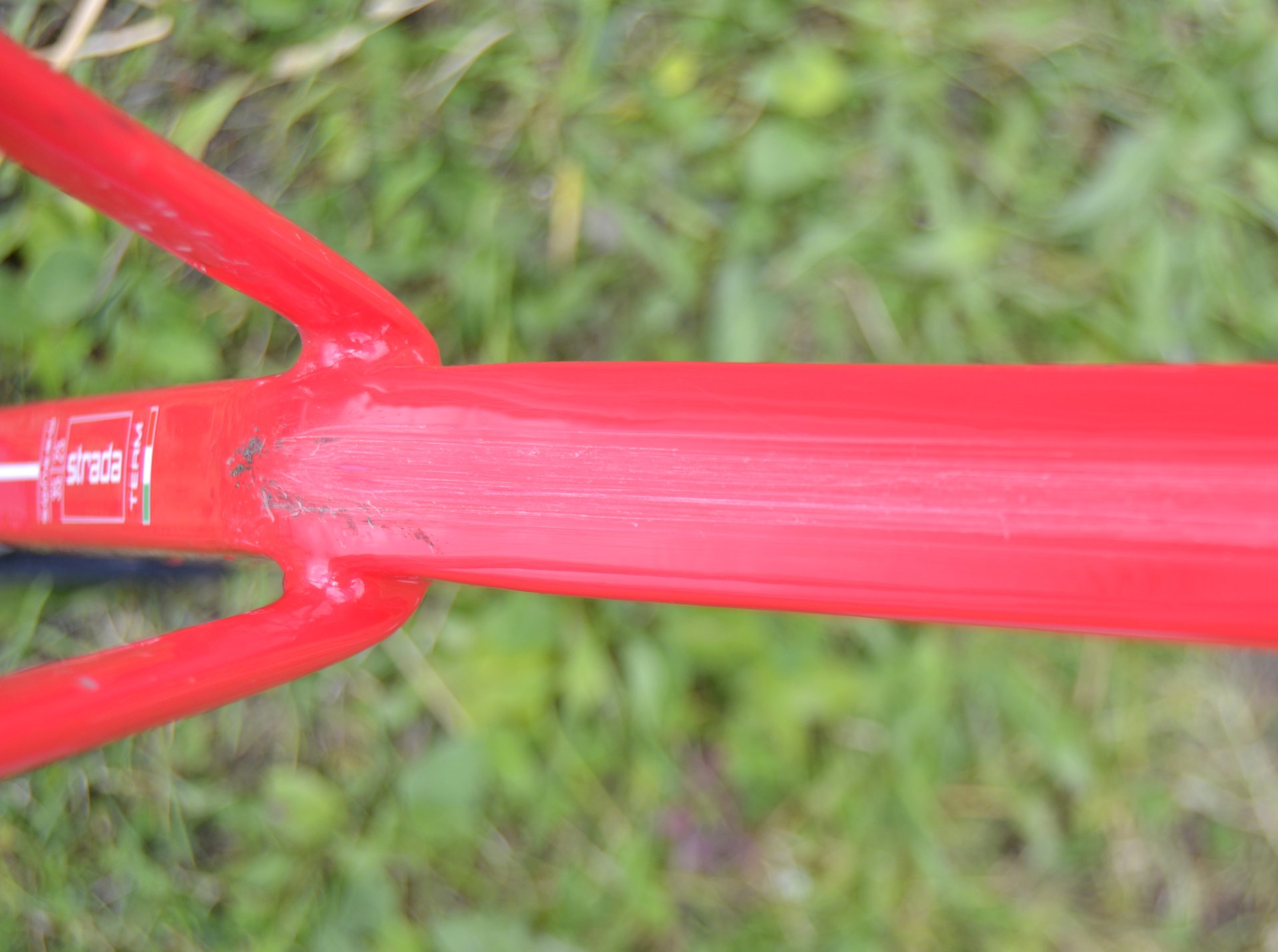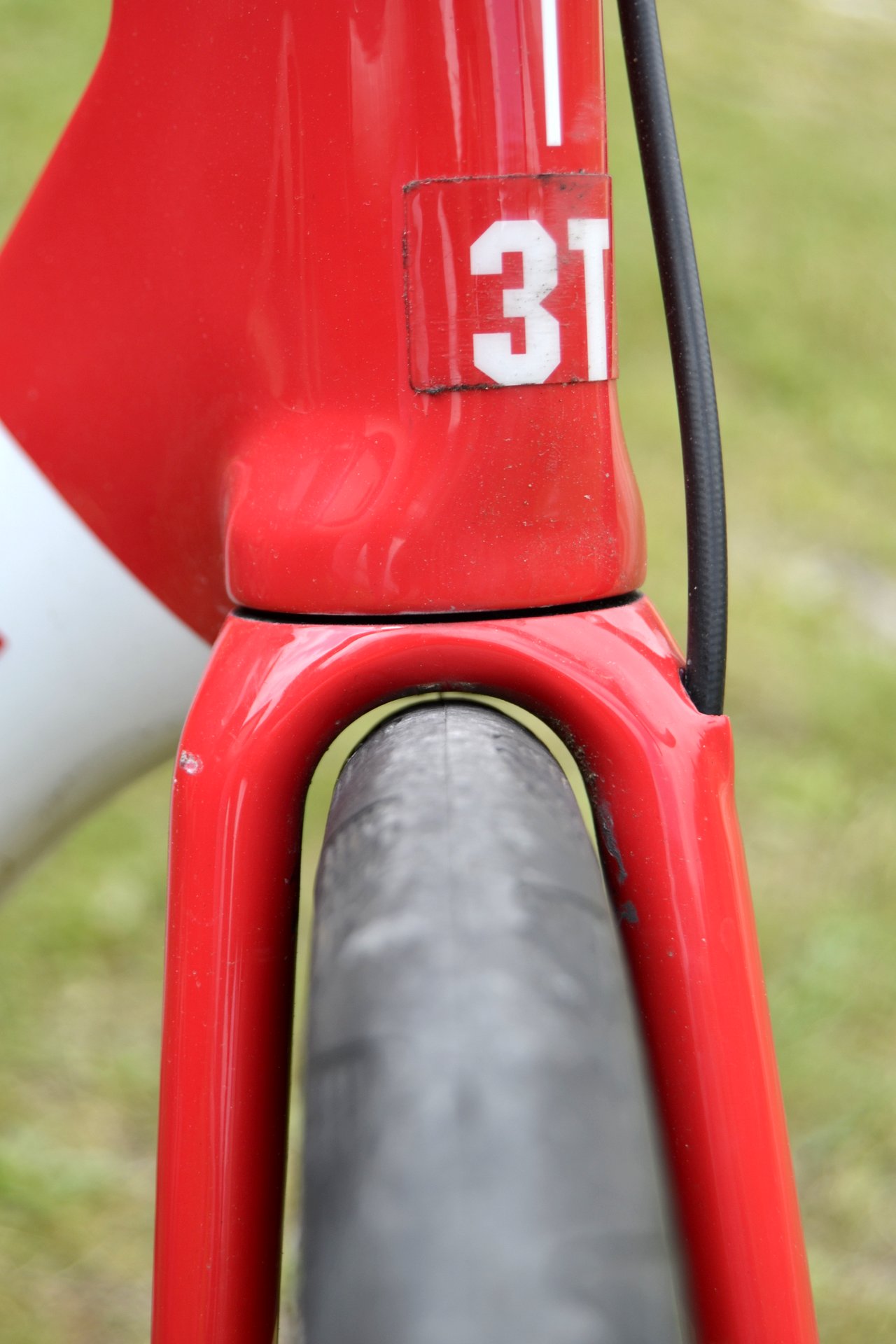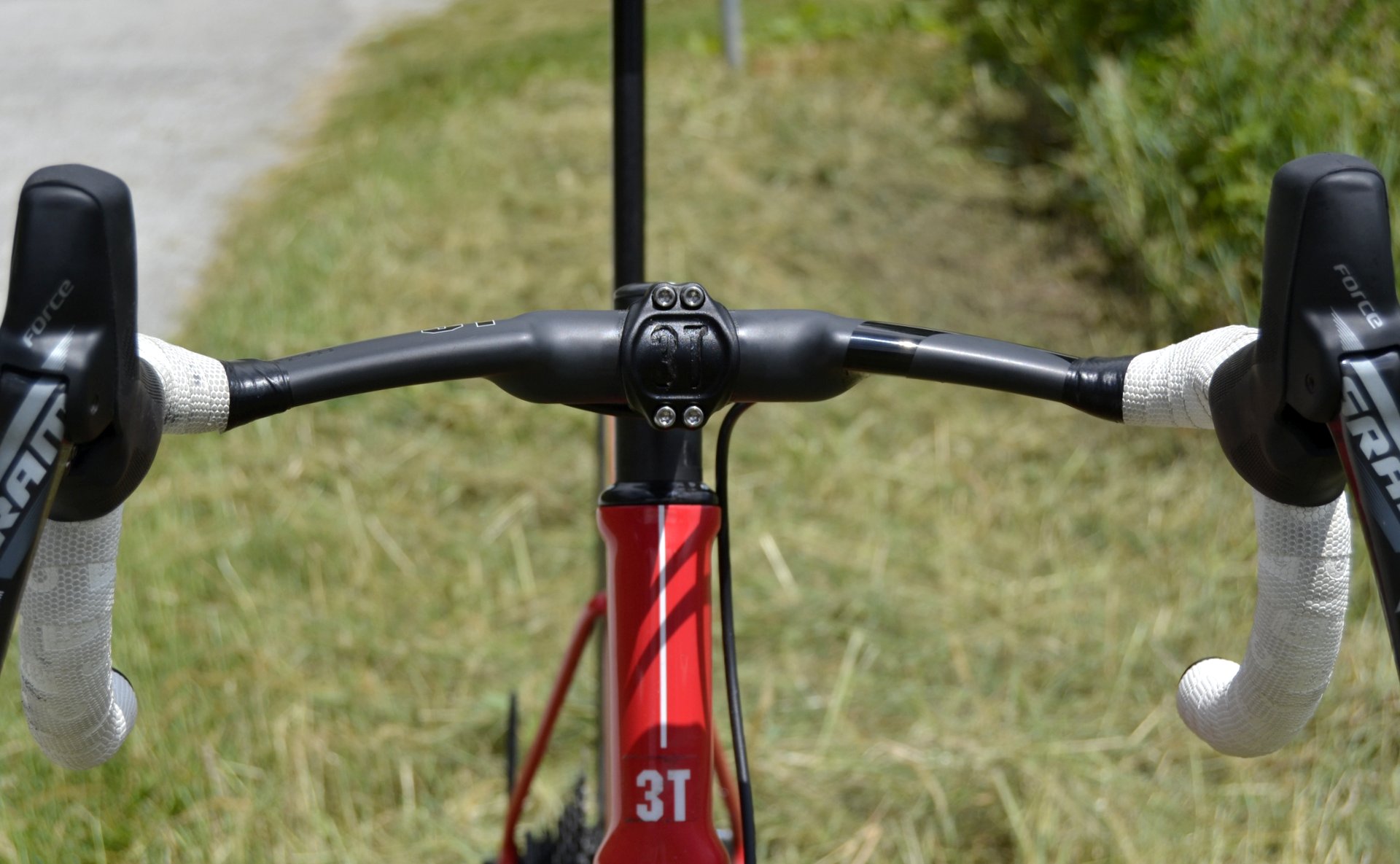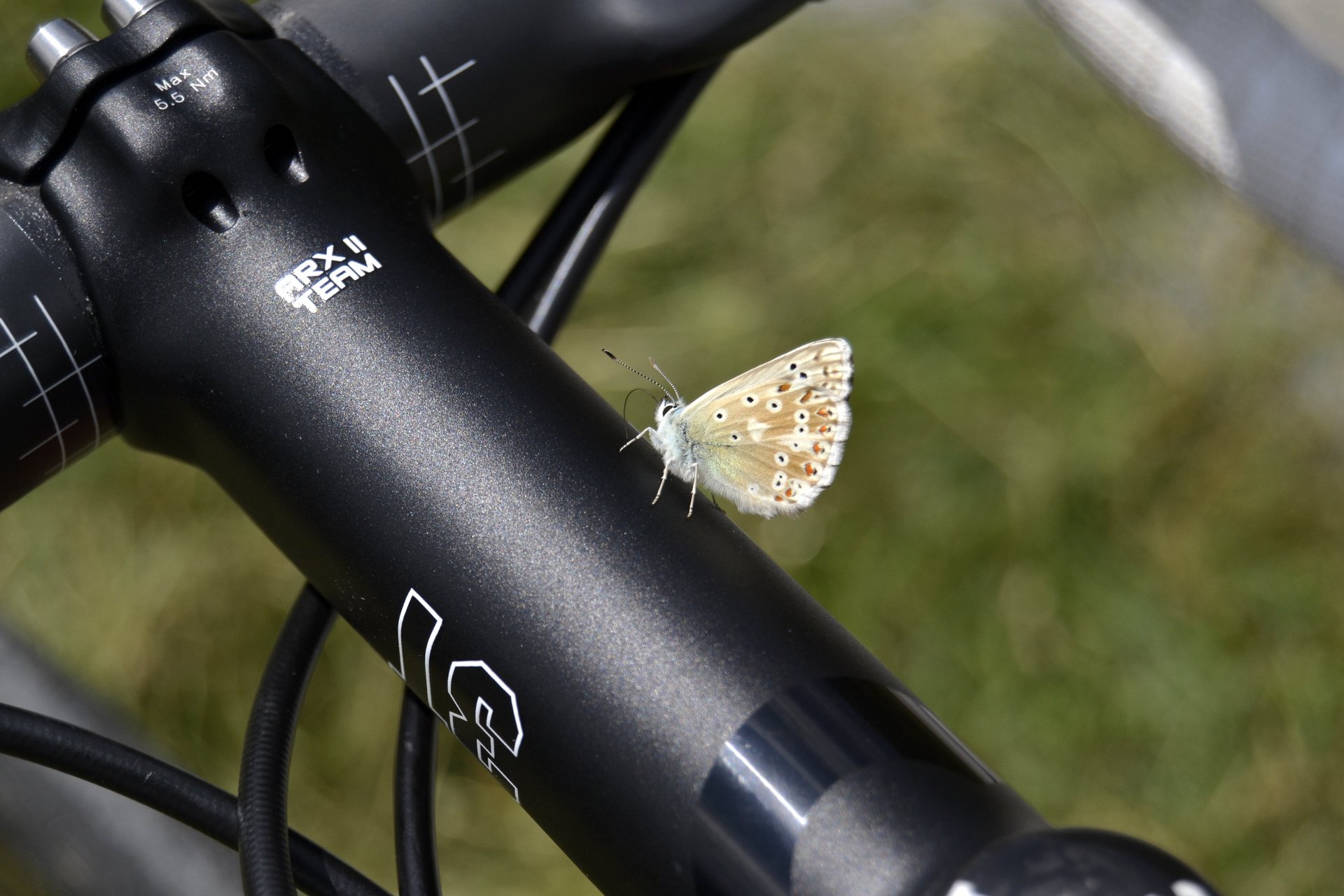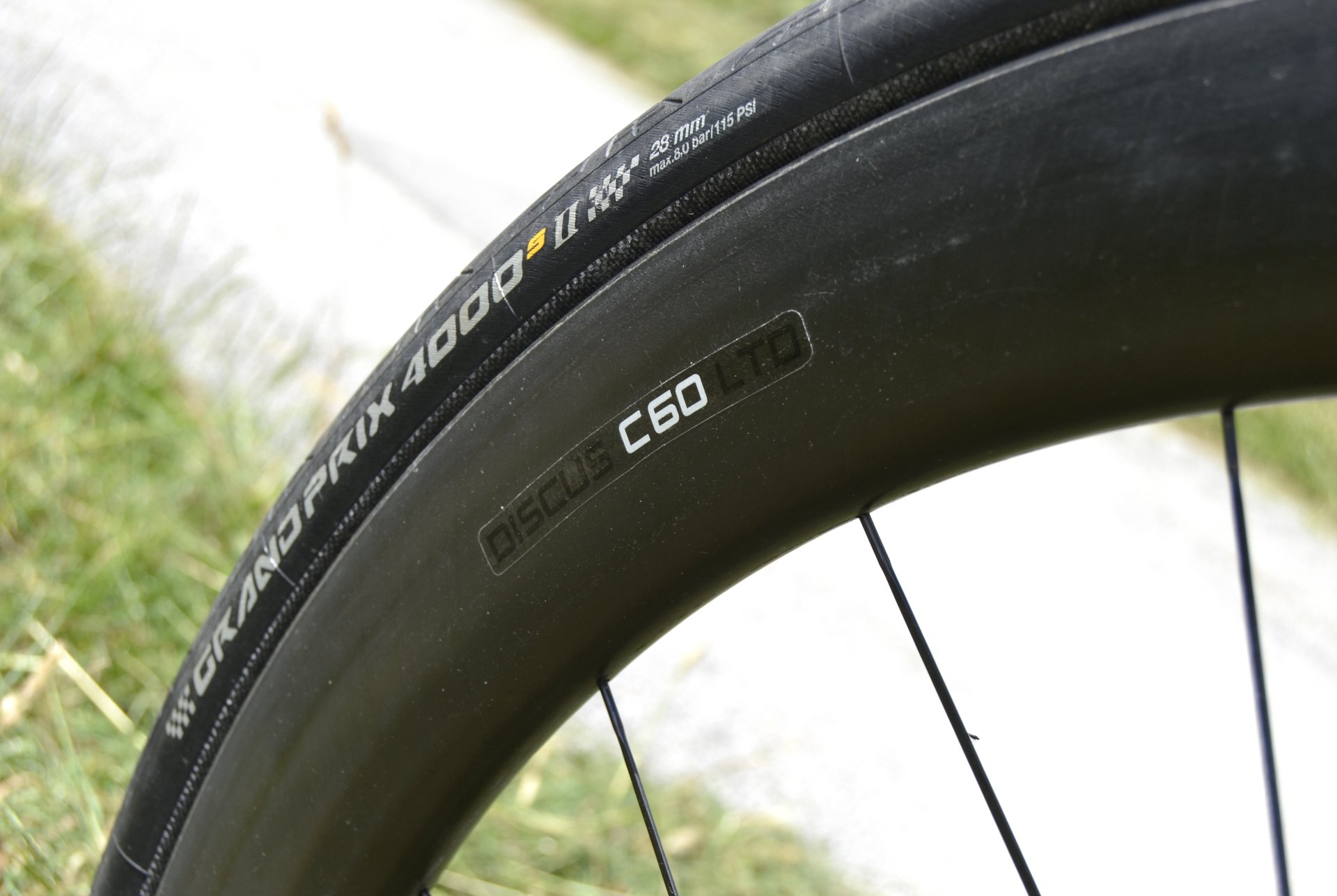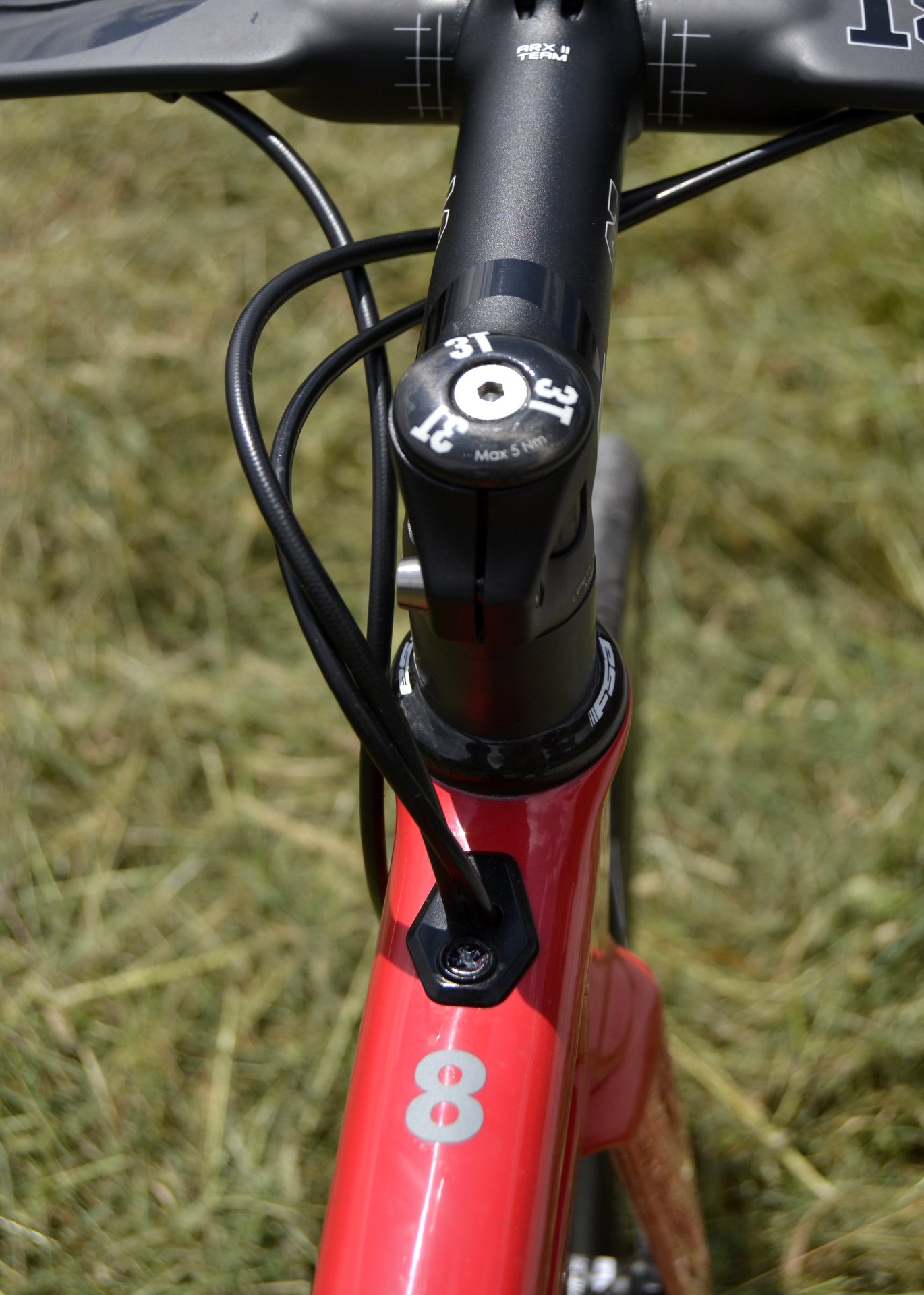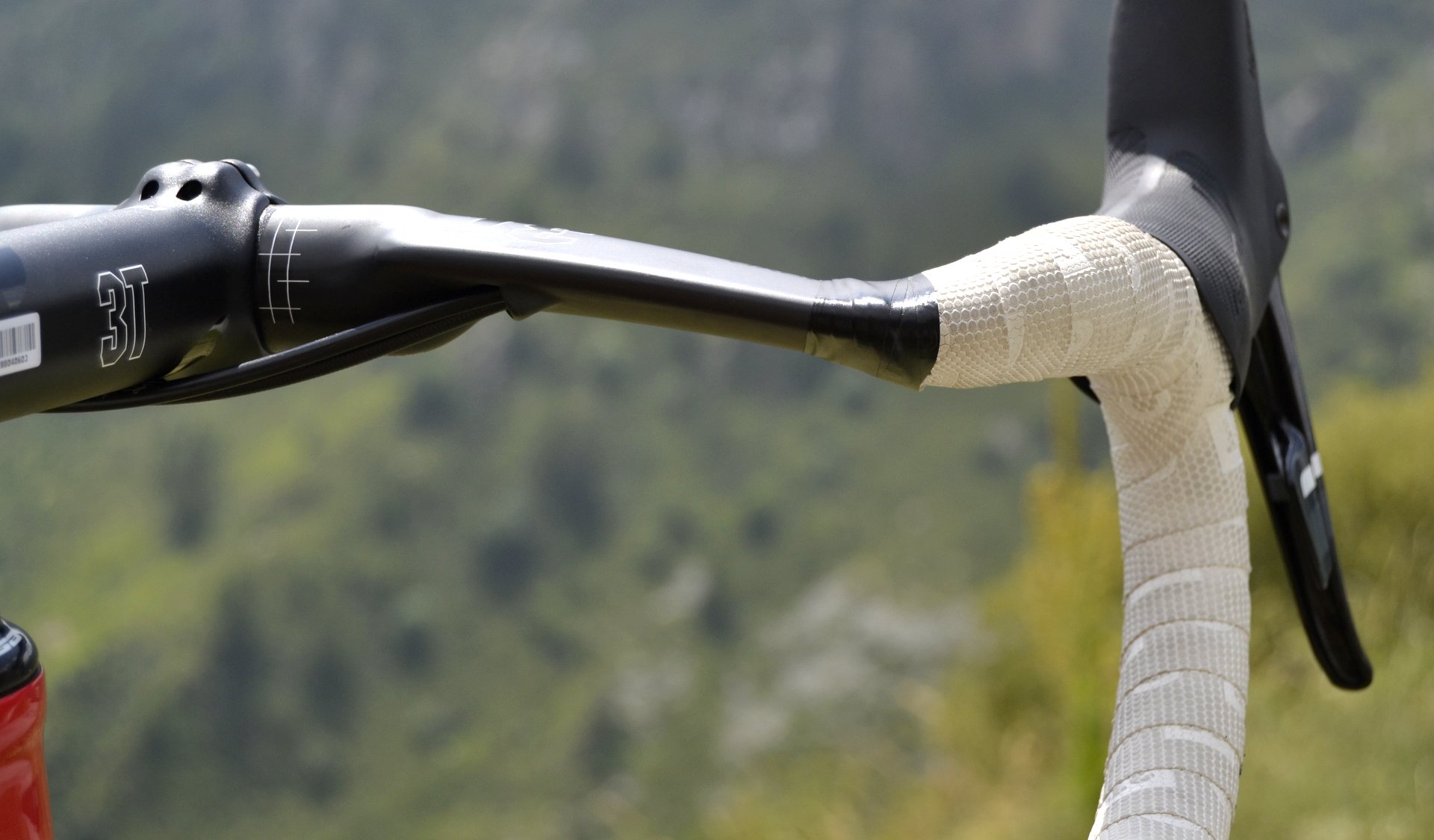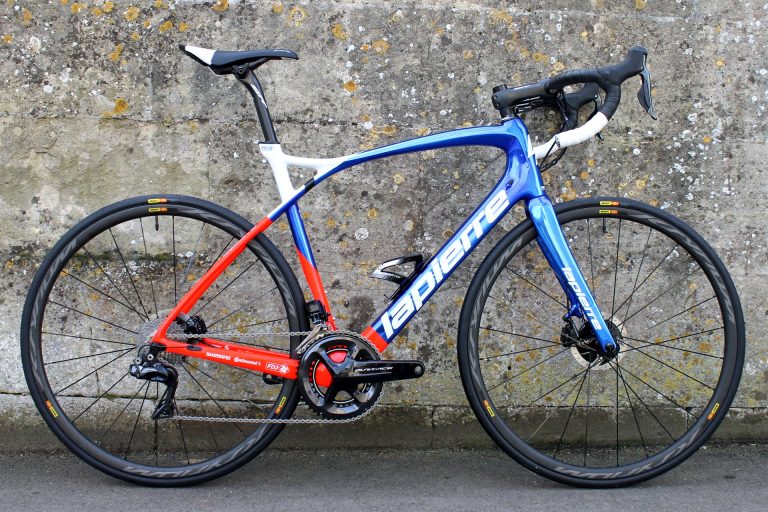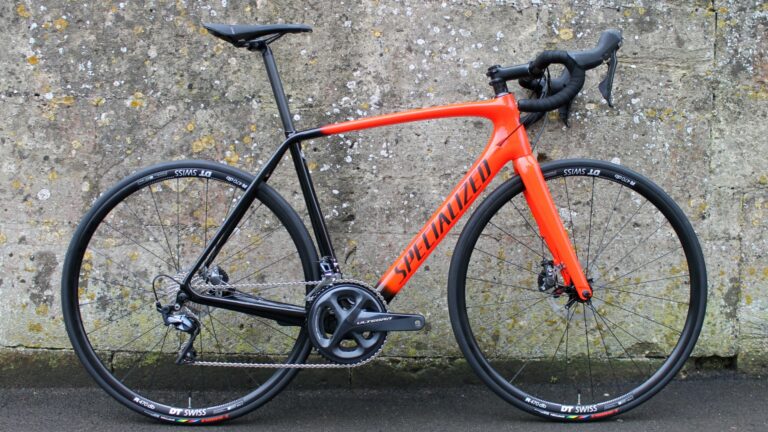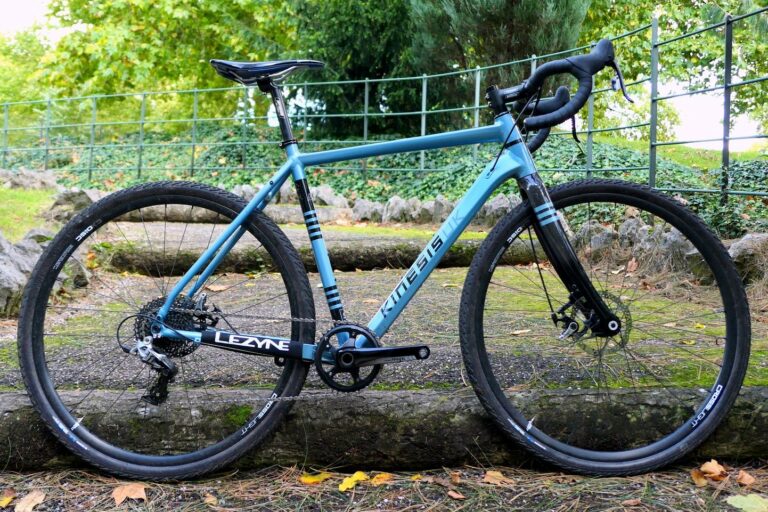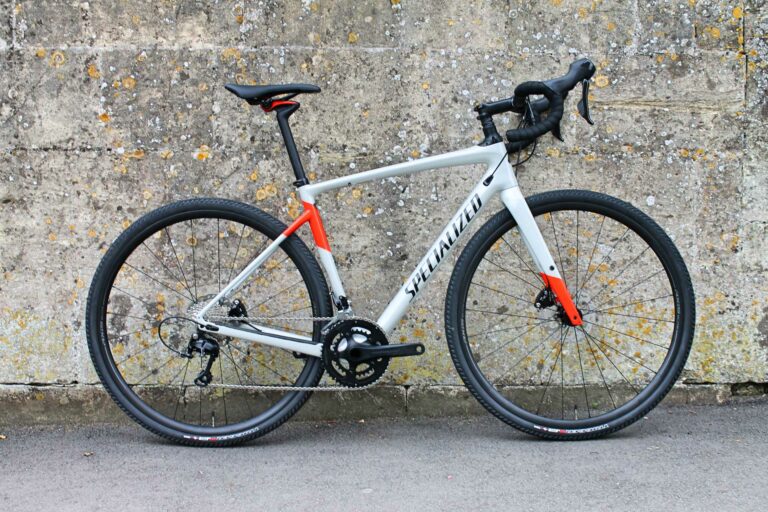With the launch of the Strada, Italian brand 3T claims to have achieved nothing less than the reinvention of the aero road bike. It’s designed for wider 28mm tyres in order to deliver both comfort and speed, it’s only available with disc brakes and – most controversially – the front mech has been ditched for a single-ring drivetrain more commonly seen off-road.
3T may be best known for its components and wheels but the Italian firm has developed a reputation for trend-setting bikes since the launch of the Exploro gravel bike last year. The aero Strada looks the ideal foil to the Exploro’s adventurous DNA, then, but how does it ride? We hot-footed it to Italy to take a closer look at the 3T Strada and for a first ride in the mountains surrounding Piedmont.
We also spoke with 3T’s Gerard Vroomen, the founder of Cervelo, about the Strada. He told us: “The bike is meant for everything. I know that sounds stupid but the combination of aero and comfort means it is as good for the Tour as it is for a sportive. And that agile and stable handling is also appreciated on any course, in my opinion. The perfect Strada rider is one who wants to push the envelope but that doesn’t really distinguish in performance level. Several people in the pro peloton contacted us after the launch but I also still consider it a great bike for myself, and I am decidedly not pro. But even if I am slow, I want to go as fast as I can go within my abilities.”
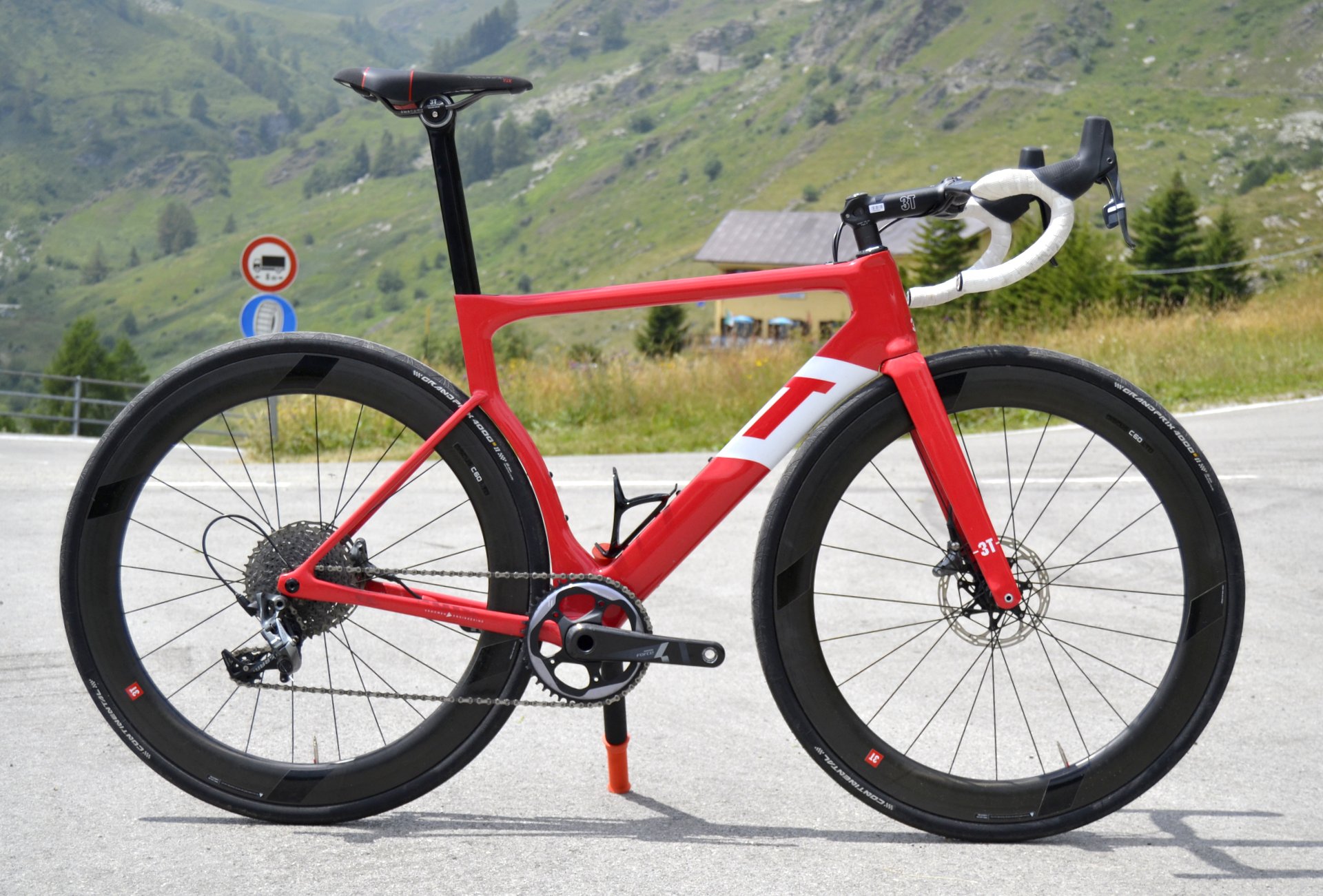
Forward-thinking
Unburdened by the need to supply a pro team, going disc-only makes sense and 3T says it enables the Strada to be optimised in key areas such as the fork crown. The tyre width is also an easy choice to understand. Bigger tyres can reduce rolling resistance and significantly increase comfort, far more so than is easily achievable with the carbon fibre layup. The downsides are weight and aero drag, the latter of which 3T says it has addressed by shaping the Strada to suit; the curved seattube, for instance, perfectly matches the width of the rear tyre and hugs it closely.
The 3T Discus C60 LTD wheels are not designed for such big tyres, though, at 25mm wide, so the 28mm Continental GP 4000 S IIs inflate into an un-aero ‘light bulb’ shape. So far, the Enve 4.5ARs are the only wheelset shaped to integrate aerodynamically with such big tyres. Nor are the 3T C60s tubeless. The Strada would appear to be a perfect application of tubeless technology, with the purported speed and comfort-boosting benefits, but 3T wheels are not yet compatible (and you’d also need to choose a tubeless tyre, given Continental don’t yet make one for the road). “We think tubeless will eventually take over,” said Vroomen. “It will just take a bit more time to get the kinks worked out.”
